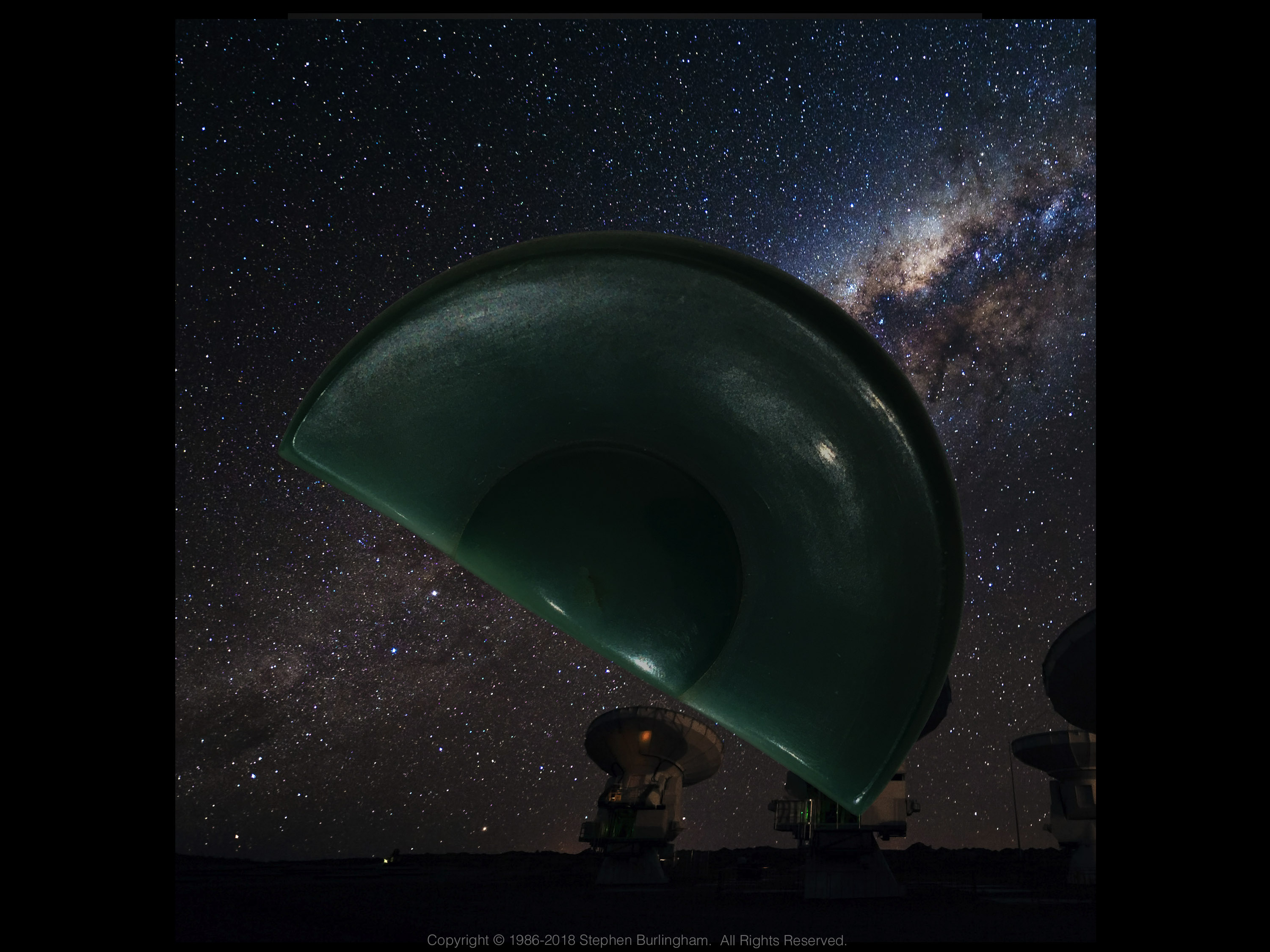|
The
PARADOX Thought Experiment
Imagine
a sculpture made of gold (fabricated by Tiffany &
Co.) traveling around the sun on a unique trajectory
that survives in part its return journey through our
atmosphere to land back safely on Earth and be reclaimed
in a scavenger hunt and reunited with its mirror
twin which remains here as a marker monument of the
journey.
Participation
in this Project will be offered to Space X, Blue Origin,
and
Virgin Galactic. Apple will be invited
to participate as a communicator and educator, utilizing
their technological edge in VR and AR. Opening minds in
the process to planet Earth’s precious place in the
cosmos which needs mindful care and nurturing to remain
balanced and intact.
|

|
Notes
on the PARADOX
Anthropoforming
Inside Out
Space travel evokes images of human civilization expanding outwards across the horizon of stars. But for those rarified travelers into the realm beyond Earth, it is the act of looking back at the planet from the outside that is transformative. A new vision unfolds: one sees the Earth as a whole, as collective function, harmony, diversity, and unity amongst many constituents. The vantage point of Space stimulates the simultaneous vision of multiple perspectives all working together. It is more than a cerebral understanding: it just clicks. It explores the elasticity, concurrence, coherence, and commutativity of perspective. And from these properties of perspective, the tensions between the internal and external dissipate. One transcends banal and rudimentary notions of self-interest and cultivates a deeper awareness of one’s interconnectedness and the playful dynamic with nature, with matter, with life, with the environment. We don’t need to go to space to learn from the experience. A thought experiment, and better yet, an actual event we can identify with, can act as a catalyst for expanding our horizons. The performance of PARADOX opens up the potential for this personal transformation to all of its viewers by identifying and aligning their perspective with the sculpture’s journey through space and back. So it is that something as scientific and technological as traveling to Space ultimately results in an experience so that embraces the richness of human experience. Empathy, sympathy, and compassion...harmony and ethics...grow organically out of cognitive and affective models for looking at things from the outside of the thing. Yet the naturally occurring theory-of-mind development takes us only so far: what limits us is the myopia of seeing ourselves as inside – inside of our own mind, inside of society, inside of invisible norms and conventions, inside of the world. When we challenge ourselves to step beyond this boundary – guided by creativity, curiosity, and the awareness – the pursuit of knowledge finds itself in lock-step with the evolution of harmony and ethics. This is both intuitive and counterintuitive in equal measures. It appears as progress. It appears as PARADOX. PARADOX creates an exclusive community around a memorable experience. It is meant to act as a metaphor and important first step for our shared resolve around reinventing self-interest and preserving the planet. The success of PARADOX, and the community around it, will facilitate the creation of a new Institute envisioned by Piet Hut, an astrophysicist at the Institute for Advanced Study and close collaborator of Stephen’s, whose aim would be the development of a fully empirical science by uniting mind and matter. A fully empirical science would have major implications for neuroscience, artificial intelligence, quantum computing, and biotechnology. And, in the current hyper-connected attention economy, in which human activity actively shapes the planet, the Institute’s work will inform the interplay between attention, agency, and awareness, and lead to transformations in our own understanding of humanity, culture, technology. Tarun
Kumar Jain November 2019 |

